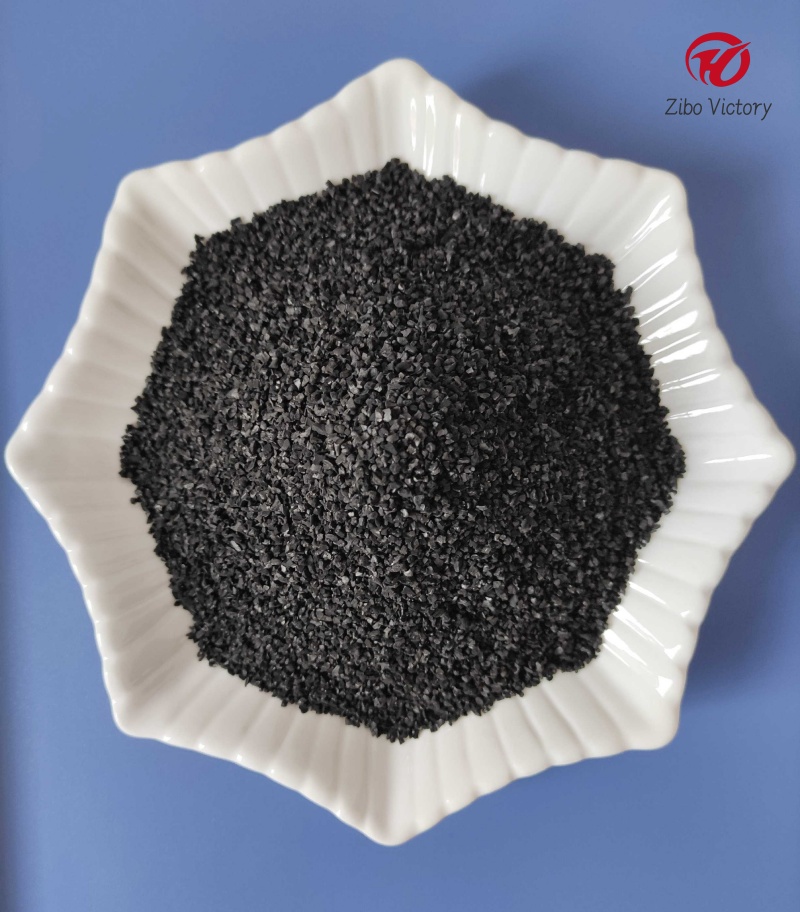What are the application areas of coconut shell activated carbon?

http://zibovictroy.com/product-25.html
Coconut shell activated carbon is a highly versatile and valuable product in various industries. Derived from coconut shells, this form of activated carbon has unique properties that make it stand out in the market of adsorbents.
I. Properties
High Surface Area Coconut shell activated carbon boasts an extremely large surface area, typically ranging from 900 to 1200 square meters per gram. This vast surface area is a result of its highly porous structure, which provides numerous sites for adsorption. The pores are of different sizes, including micropores, mesopores, and macropores, each playing a role in the adsorption process. Micropores, with diameters less than 2 nm, are particularly effective in adsorbing small molecules, such as volatile organic compounds (VOCs) and certain gases.
High Adsorption Capacity Due to its well - developed pore structure and large surface area, coconut shell activated carbon has a high adsorption capacity. It can effectively adsorb a wide range of substances, including organic pollutants, heavy metals, and dyes. For example, in water treatment, it can remove harmful substances like benzene, toluene, and heavy metals such as lead and mercury, making the water safer for consumption.
Good Chemical Stability This type of activated carbon exhibits good chemical stability. It is resistant to most acids and alkalis, which allows it to be used in various chemical environments without significant degradation. This property makes it suitable for applications where exposure to different chemical substances is common.
II. Applications
Water Treatment
Drinking Water Purification Coconut shell activated carbon is widely used in drinking water treatment plants. It can remove taste and odor - causing compounds, such as chlorine - related by - products and natural organic matter. By adsorbing these substances, it improves the taste and quality of drinking water, making it more palatable.
Wastewater Treatment In wastewater treatment, it helps in the removal of organic pollutants, heavy metals, and dyes. For example, in textile wastewater treatment, it can adsorb various dyes, reducing the color and chemical oxygen demand (COD) of the wastewater, thus making it more environmentally friendly before discharge.
Air Purification
Indoor Air Quality Improvement In indoor environments, coconut shell activated carbon is used in air purifiers to remove harmful gases and odors. It can adsorb VOCs released from furniture, paints, and cleaning products, as well as formaldehyde, which is a common indoor pollutant. This helps to create a healthier living and working environment.
Industrial Exhaust Gas Treatment Industries use coconut shell activated carbon to treat exhaust gases. For example, in the chemical industry, it can adsorb pollutants such as sulfur dioxide and nitrogen oxides, reducing the environmental impact of industrial emissions.
Food and Beverage Industry
Decolorization and Purification In the food and beverage industry, coconut shell activated carbon is used for decolorization and purification processes. For instance, in the production of sugar, it can remove impurities and colorants, resulting in a whiter and purer product. It is also used in the purification of fruit juices and alcoholic beverages to enhance their clarity and quality.



 Send Email
Send Email +8613325203316
+8613325203316